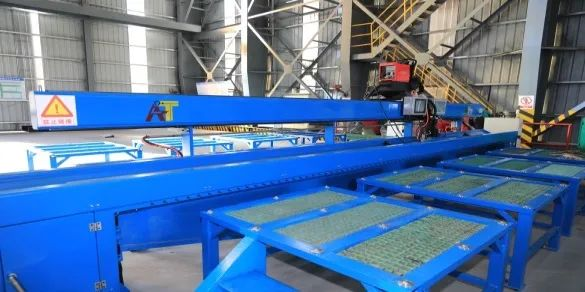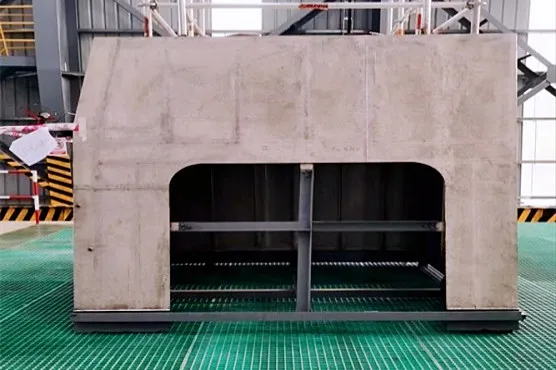Recently, the titanium alloy structure manufacturing capacity building project of Huangpu Wenchong Shipbuilding Company, a subsidiary of China State Shipbuilding Corporation (CSSC), has successfully passed the assessment and acceptance by the competent authorities, marking that Huangpu Wenchong has become one of the few shipyards in China with this capacity. Moreover, Huangpu Wenchong has fulfilled the first application of deep melting TIG welding process in the shipbuilding industry, which plays a demonstration role for the promotion and application of titanium alloy.

It is understood that titanium alloy is a new material, with high strength, low density, corrosion resistance, heat insulation and other advantages, which is one of the shipbuilding construction “new quality productivity” direction. In order to master the core technology, Huangpu Wenchong project team spent two years, from the very beginning of the undercutting, machining, assembly welding to the final paint coating, to carry out a systematic process technology research on the manufacture of titanium alloy structure research and study.
As the physical and chemical properties of titanium alloy are very different from those of ordinary metals, the processing, assembly and welding are difficult and demanding. Peng Weihua, CSSC’s special technician and member of the project, introduced: ” On one hand, titanium alloy is very hard, and special cutting and grinding equipment is needed for assembly; on the other hand, titanium alloy is more active chemically, with poor thermal conductivity, and is prone to chemical reactions in the air at high temperatures, so the whole process should be done with argon to isolate the air and quickly cool down the temperature to ensure the quality of the weld. ”
The first application of deep-melt TIG welding can achieve one-side welding and two-side molding, which simultaneously improves the construction quality and efficiency. In addition, due to the complex and varied positional structure of titanium alloy welding, the team also invented fixed gas grooves for sheet metal fabrication and T-profile assembly as well as 95 gas shields for different positions, which is not only effective, but also reduces the need to use labor for gas protection.



